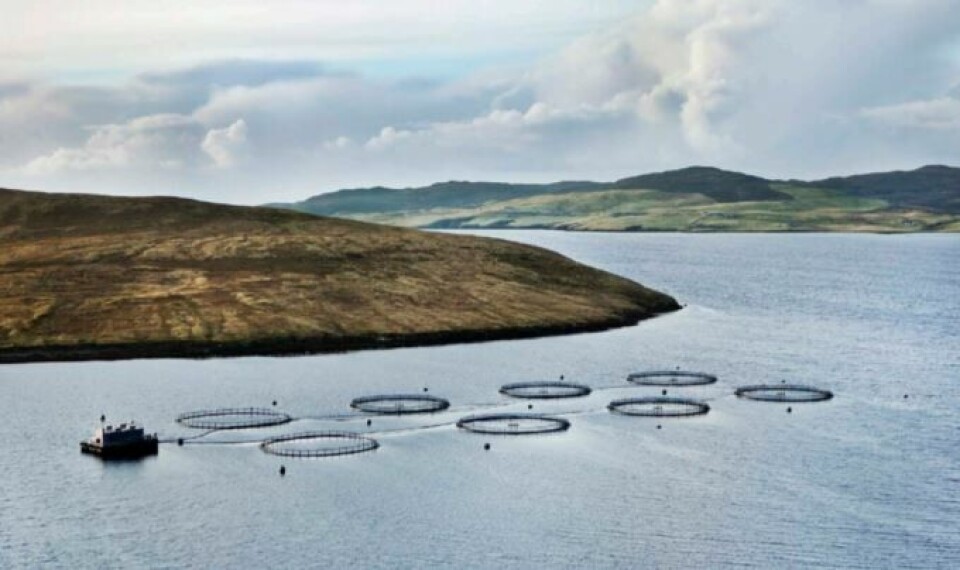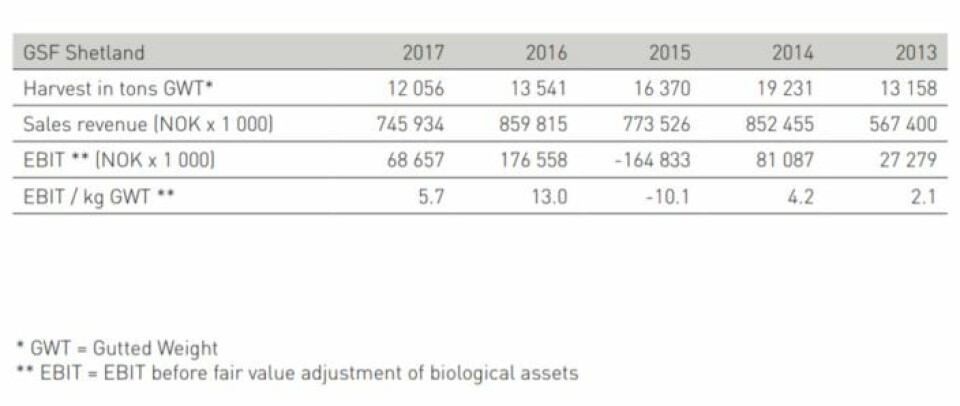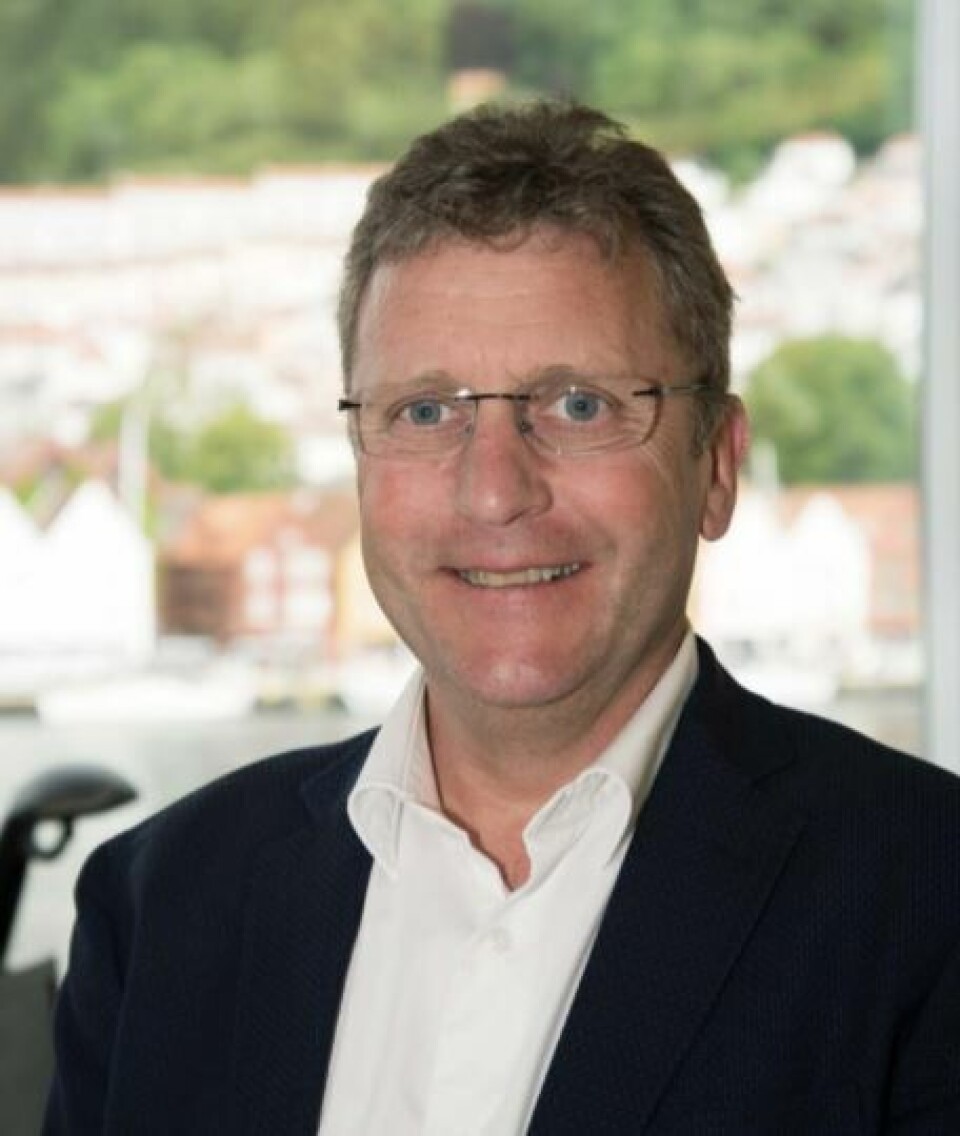
Grieg Shetland stabilises after ‘challenging’ 2017
Grieg Seafood Shetland has blamed sea lice and algal blooms for an 11% decrease in harvest last year compared to 2016.

A policy of removing its worst performing sites from operations also contributed to 2017’s harvest volume of 12,056 tonnes GWT, according to the annual report of Norwegian parent company Grieg Seafood.
The 2017 figure is the lowest in the 11 years of harvests listed in the report.
Operating profit (EBIT) before fair value adjustment for biological assets (fish) amounted to NOK68.7 million (£6.23m) in 2017, a reduction from NOK176.6m (£16m) in 2016.
EBIT per kg harvested amounted to NOK5.7 in 2017 compared to NOK13.0 in 2016.
The report stated: “Sea lice and algal blooms affect production in this region and the first half of 2017 was challenging. Towards the end of the third quarter, the biological situation stabilised and it remained stable throughout the fourth quarter and into 2018. Sea lice levels are currently at historically low levels.”

The report listed a string of measures Grieg is taking to improve the health of its fish in Shetland.
These are:
- all future inputs of salmon stocked with aeration systems and cleaner fish to reduce the risk of algal and sea lice issues.
- where on-site currents permit, all salmon protected with sea lice skirts.
- algal monitoring in cooperation with Grieg’s British Columbia operations, with daily samples being analysed from all sites using advanced image analysis techniques to correctly identify the species, prevalence and depth distribution of any algae present. This information is expected to reduce the numbers of lost feeding days and increase seawater growth.
- bi-weekly PCR gill sampling to identify gill pathogens at a pre-clinical stage. This information should enable more rapid intervention to control the development of complex gill disease.
- freshwater treatment capacity to improve both gill health and sea lice control.
Overall, Grieg Seafood made record revenues of NOK7.017 billion (£636m), although operating EBIT before fair value adjustment was profit was NOK600.9m (£54.5m), down from NOK 1.2bn (£111m) in 2016.
Total harvest for Grieg’s farming operations in Norway, Shetland and British Columbia amounted to 62,600 tonnes, an amount chief executive Andreas Kvame expects to increase to 100,000 tonnes by 2020.

In his introduction to the annual report, Kvame wrote: “We intend to reach our targets by working smarter, investing in new capacity and by utilising our existing licences better. On the cost side, our ambition is to be at or below industry average.”
Kvame claimed growth would not come at the expense of the environment.
He wrote: “We support the ‘traffic light system’ for production in Norway, understanding that a potential red light in Rogaland could mean reduced production for us going forward.
“We work hard to keep the sea lice levels low, and our most important initiative in Norway is large smolt. From 2017 to 2021, the average size of our smolt put to sea in Rogaland is expected to increase from less than 150 grams to almost 600 grams.
“A larger smolt is more robust and takes shorter time to grow to harvest size, which combined with use of wrasse and other non-medicinal lice treatment methods will have a positive effect on the environment.
“In Finnmark, we have seen positive results from extended fallowing. A few years back, we decided to fallow all sites in Øksfjorden beyond what is required by the authorities. In 2017, we began harvesting salmon from this area again. The harvested generation has not been subject to any bath treatments and medicinal treatment has been limited. We believe this proves that our action had the intended effect.
“The sea lice situation is expected to remain challenging in 2018, but we believe it is possible to achieve production growth and care for the environment at the same time, and will not compromise long-term sustainable production for short-term profitability.”























































